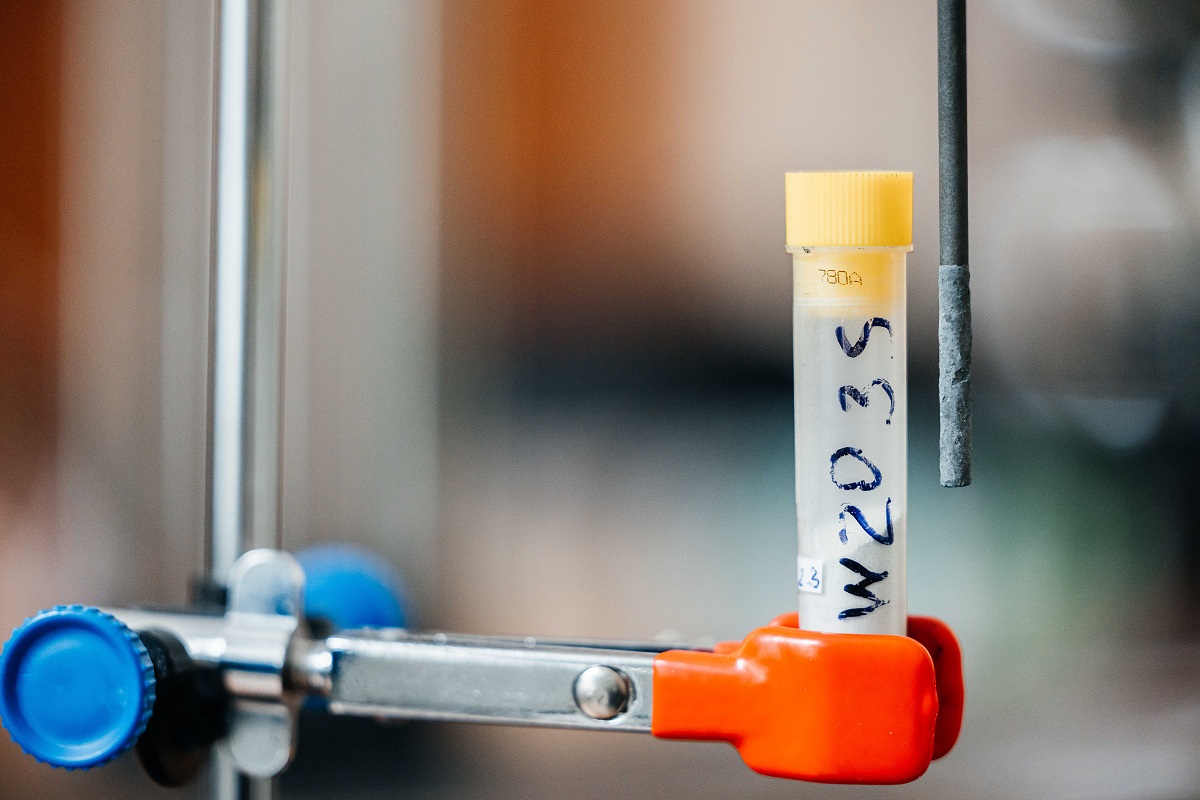Novel Nanostructures for Green Hydrogen Production from Water Molecules
Key Ideas
- Researchers at Tomsk Polytechnic University have developed innovative WS2-ZnO nanostructures for efficient hydrogen production from water using electrospark erosion.
- The synthesized materials offer a promising alternative to expensive platinum group metals commonly used in photocatalytic devices, potentially reducing costs in green energy applications.
- The study, published in ACS Applied Energy Materials, demonstrates the potential of WS2-ZnO nanostructures as photoanode materials for eco-friendly hydrogen generation through water splitting.
- The collaborative research involved young scientists and staff from various departments at TPU, showcasing interdisciplinary efforts in advancing sustainable energy technologies.
Scientists at Tomsk Polytechnic University have successfully synthesized a new class of nanostructured materials, WS2-ZnO, for hydrogen production via water splitting. This research, supported by the Russian Ministry of Science and Higher Education, aims to contribute to green energy solutions. The study, published in ACS Applied Energy Materials, highlights the importance of hydrogen as a clean fuel source and the potential of photoelectrochemical cells in its synthesis. Traditional methods of hydrogen production involve costly platinum group metals; however, the WS2-ZnO nanostructures offer a cost-effective alternative. By utilizing electrospark erosion and unique fabrication techniques, the researchers have demonstrated the efficiency of WS2-ZnO as photoanode materials for generating hydrogen under light exposure. The experimental results indicate a significant evolution of H2 and O2 gases, showing promise for practical applications in sustainable energy. The collaborative effort between different departments and even international institutions emphasizes the interdisciplinary nature of this research, showcasing innovation and dedication to advancing green technologies.
Topics
Production
Innovation
Sustainability
Research
Energy
Nanotechnology
Materials Science
Academic
Photoelectrochemical
Latest News
